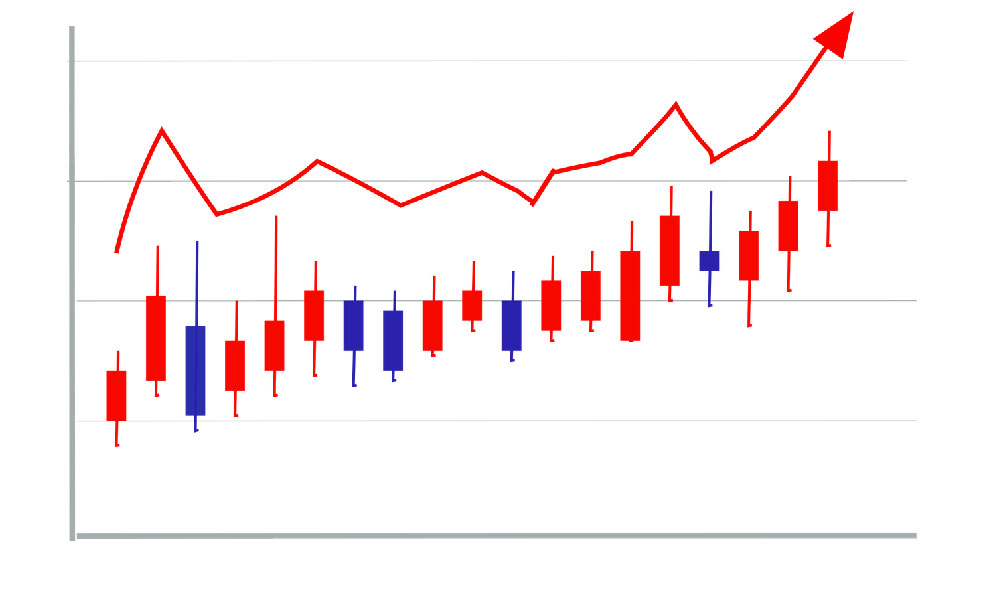How Much Do Football Players Earn? What's Their Per-Game Salary?
The world of professional sports, particularly football, is often associated with immense wealth and extravagant lifestyles. The figures surrounding player earnings can be staggering, capturing public imagination and fueling debates about fairness and value. Understanding the complexities of how much football players actually earn, and breaking down their per-game salary, requires a deeper dive into contracts, leagues, and performance-based incentives.
The question "How much do football players earn?" doesn't have a simple, universal answer. Salaries vary wildly based on numerous factors, including the league they play in, their position, experience, skill level, and overall market demand. At the pinnacle, in leagues like the NFL (National Football League), earnings can reach astronomical levels. The highest-paid quarterbacks, for example, regularly command annual salaries exceeding $50 million, with contracts often including substantial signing bonuses and guaranteed money. Wide receivers, defensive ends, and other premium positions also fetch significant sums, reflecting their importance to team success. However, it’s crucial to remember that these are the exceptions, not the rule.
Beyond the superstars, a significant portion of NFL players earn considerably less. The league minimum salary for rookies, while still substantial compared to the average worker's income, is a fraction of what top players make. Players further down the roster, those serving as backups or special teams contributors, often earn closer to this minimum, their contracts reflecting their roles and experience levels. Even within a single team, the salary distribution can be dramatically skewed, with a handful of highly-paid players accounting for a large percentage of the team's total salary cap.

The structure of a football player's contract is complex and multifaceted. The headline salary figure often touted in the media is just one piece of the puzzle. Signing bonuses, which are paid upfront, can significantly inflate the overall value of a contract, but they are typically prorated over the life of the deal for salary cap purposes. Guaranteed money, which the player is assured of receiving regardless of performance or injury, is another crucial element. The amount of guaranteed money is a key indicator of a player's value and the team's commitment to them. Other incentives, such as performance-based bonuses for reaching specific milestones (e.g., number of touchdowns, passing yards, tackles), can further increase a player's earnings. These incentives provide an extra layer of motivation and reward players for exceeding expectations.
Moving beyond the NFL, other professional football leagues offer vastly different compensation packages. The Canadian Football League (CFL), for instance, pays its players considerably less than the NFL. While still a professional league with talented athletes, the CFL's smaller market size and revenue generation capabilities result in lower salaries. Similarly, leagues in Europe and other parts of the world generally offer less lucrative contracts compared to the NFL. Even within a single country, different leagues can have significant discrepancies in player compensation.
Now, let's address the "per-game salary" aspect. Calculating a player's earnings per game is a straightforward arithmetic exercise, but it's important to understand the context. To calculate this figure, you would typically divide the player's base salary for the season by the number of games played (or scheduled to be played). For example, if a player has a base salary of $10 million and plays in all 17 regular-season games, their per-game salary would be approximately $588,235. However, this calculation doesn't account for signing bonuses, performance-based incentives, or potential playoff games.
Including the prorated signing bonus adds another layer of complexity. If a player received a $5 million signing bonus spread over five years, $1 million would be added to their annual salary for the purpose of calculating their per-game compensation. Therefore, in the above example, their adjusted annual compensation would be $11 million, resulting in a per-game salary of approximately $647,059.
Furthermore, it's important to consider the inherent risks involved in playing professional football. The sport is physically demanding and carries a high risk of injury. A career-ending injury can not only derail a player's earning potential but also lead to significant long-term health issues. This risk is a significant factor in determining player compensation, particularly for positions that involve frequent physical contact. Because of this inherent risk, guaranteed money and comprehensive health insurance become crucial aspects of a player's contract.
Finally, taxes play a significant role in determining a player's net earnings. High-earning athletes are subject to substantial federal and state income taxes, which can significantly reduce their take-home pay. Furthermore, endorsements and other off-field income are also subject to taxation. Careful financial planning and tax management are essential for professional football players to maximize their earnings and secure their financial future. It is common for athletes to employ financial advisors and accountants to help them navigate these complex financial matters.
In conclusion, determining how much football players earn and their per-game salary is not a simple calculation. Numerous factors, including league, position, experience, performance, contract structure, and taxes, all play a significant role. While the top players command immense salaries, a large percentage of professional football players earn considerably less. Understanding the complexities of player contracts and the inherent risks of the sport provides a more nuanced perspective on the financial realities of professional football.















